ACRL/NY 2017 Annual Symposium: The Mission
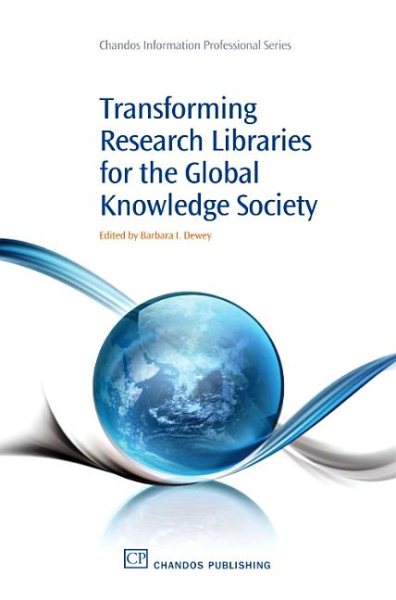
There was yet another successful ACRL/NY annual symposium on December 1, 2017 at the Baruch College campus. The theme was the mission of research and academic libraries; in other words, what is our very reason for existence, how has that changed in recent years, and what will it look like in the future? This is my third year on the symposium committee, and I learn more each year that I participate. The committee is composed of members from academic, research and public libraries. We also have independent consultants and a library science faculty member. Diverse viewpoints help shape the conference into a productive training event for area information professionals. If you are interested in becoming more involved in ACRL/NY and/or the symposium, please visit our web site.
Haruko Yamauchi, ACRL/NY President, kicked off the day by discussing the annual report. She explained that the members make the organization, and she encouraged participants to become more involved in the local chapter of ACRL. Thomas Keenan, chair of the symposium committee, discussed the impetus for this year's theme. Libraries have changed rapidly in the last few years, and they are taking on roles such as maker-space, information technology expert, and change agent.
"Collections Are What Really Matter"
David Magier of Princeton University delivered the keynote address on collections management. Quality content is vital to research institutions to enrich teaching and learning. Since much more information is available online, some say that libraries are a waste of space and money. However, much more research material exists than is humanly possible to digitize. Also, more obscure material is vital to quality research. The web tends to consist of highly utilized information that lacks rigorous scholarly controls. Magier stressed the importance that acquisition professionals must give to the needs of current and future users. He mentioned that Princeton is lucky to have 55 subject specialists. An audience member from the New Jersey Institute of Technology said that her college is small and has a negligible materials budget; therefore, it relies on larger research institutions who are fortunate to be well-funded.
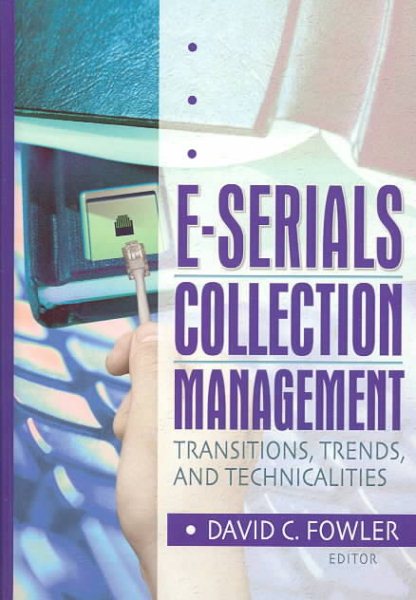
Collection Sharing Agreements
Our first panel was on the distributed execution of the academic library mission. Galadriel Chilton of Ivy Plus Libraries, Beth Posner of the CUNY Graduate Center, Julia Glauberman from SUNY Binghamton and Pam Jones of ConnectNY engaged in a discussion about consortia in libraries. They each gave a brief presentation, which was followed by a question/answer period.
Chilton stated that Ivy Plus Libraries consisted of 13 academic libraries. The mission is to provide one great collection for the global scholarly community. She wants to preserve web content that is at risk of extinction. She hinted at the importance of digital preservation of online material. Since no one institution can house all of the material, collection sharing agreements are beneficial for the parties involved. The aim is to maximize access and reduce duplication. Unfortunately, funds for consortial agreements are not increasing. Ivy Plus provides access to electronic content, serials, and monographs. Institutions and professionals really need to market their collections to their audience, since people tend to only accept knowledge that assimilates into their pre-existing paradigms of the world. Like Magier, Chilton is focused on the needs of current and future users.
Jones described the evolution of ConnectNY. Its genesis was at a meeting of twenty libraries in which a conversation about the benefits of a collaborative collection emerged. The consortia started with five libraries as a 12-month pilot to see if the idea was viable, and it has since grown to include 19 libraries in New York state. Membership consists of large and small institutions, and public and private colleges. They ask the members to contribute 1% of the materials budget to ConnectNY as payment for collection privileges. The return on investment (ROI) is very large, despite the small staff of two full-time people.
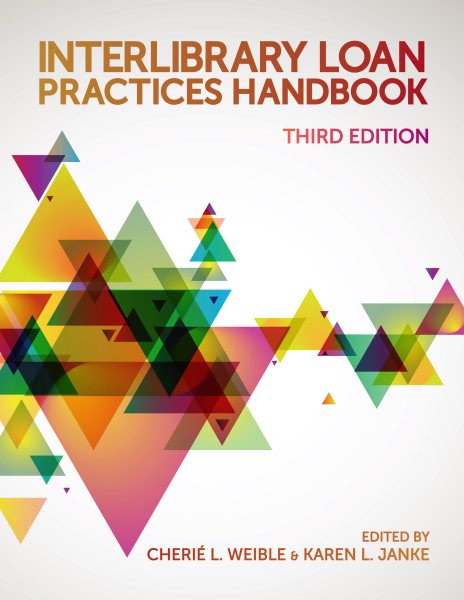
Posner of CUNY Graduate Center discussed resource sharing. She opined that inter-library loan (ILL) is supported more in some libraries than in others. Borrowing is cheaper than buying resources. Sharing costs leads to efficiency and faster turn-around times. Some institutions face greater burdens depending on the size, scope and quality of their collections. For example, one of the institutions processes 150 K requests annually.
Glauberman was curious about librarian's use of citation management tools so she decided to conduct a survey. She sent out the questionnaire to several listservs, including a SUNY listserv. She received over 300 responses. She asked participants about their use of paid versus free tools.
I asked the panelists how they determined which members to include in their consortia and how they marketed to them. Chilton replied that the Vice Provost made the decision. Jones utilized her board members and word of mouth to reach potential new members.
An audience member asked how consortias manage their growth. Jones replied that she was considering venturing into other states at some point, but she decided against it.
Roles of Academic Librarians: Research Advisor, Literacy Instructor and Library Information Educator
For the breakout sessions, audience members discussed their professional experience and perspectives on the following topics. Session 1 was the academic and research librarian as content expert and research advisor. Session 2 was undergraduate education, information literacy instruction, and crises of authority in the contemporary information world. Session 3 was the twenty-first century academic/research library mission and professional library and information education. The feel of the groups was similar to the discussion groups that ACRL/NY holds on a regular basis at Mercy College Manhattan.
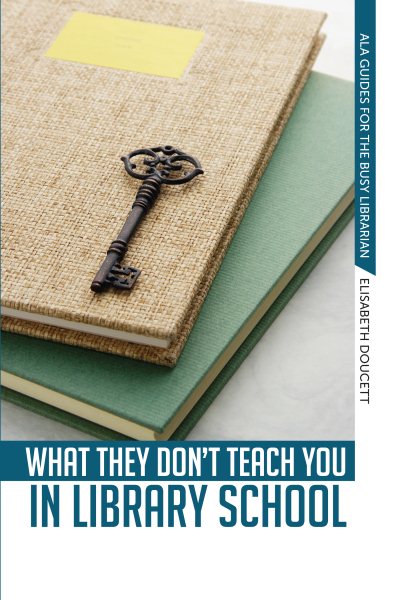
Preservation of Digital and Print Content
The second panel was about preserving endangered content in the 21st Century library. Christina Bell from Bates College, Debora Cheney of SUNY Albany, Kate Wittenberg of Portico (ITHAKA) and Rachel King of LIU Brooklyn each gave presentations then participated in a question/answer session.
Bell discussed the Diverse Book Finder, which is a tool that can be used to find books featuring minorities of many protected classes, including race and disability status. It is essentially a catalog of picture books, which helps kids find out about kids that are like them and kids that have differences. Unfortunately, there still exists a white male focus in our publishing industry. If 30% of the library's clientele is Asian, but only 3% of the books feature Asian characters, the library is not adequately serving its customers. Also, books featuring African American tend to discuss oppression and slavery, while books with Chinese characters tend to talk about Chinese New Year. There is more to people's lives than those two topics. Books need to feature diverse characters simply living their lives.
Diverse Book Finder does not include self-published books because it is difficult to know if they will stay in print for long. However, all books that are available are brought into the catalog. This means that some of the books are very racist, but the idea is for the searcher to get an idea of all that is published. There are plans to include even more elements of diversity in the tool, including sexual minorities, incarcerated individuals, people of all socio-economic statuses, etc. She was fortunate that Bates is a small college with less bureaucracy; therefore, she was able to commence the project in one year.
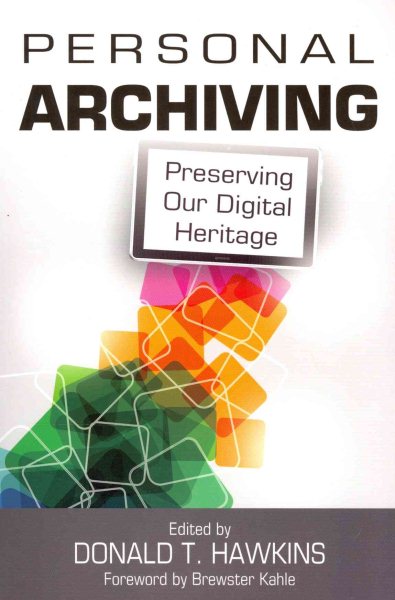
Cheney talked about news librarianship. Nowadays, people are constantly attuned to news feeds. She was in Oxford, England during 9/11. The news coverage in England was entirely different than coverage of the event in New York City. It is a continuing challenge to capture seemingly infinite content. We definitely need news librarians in academia to study such trends.
King discussed personal digital archiving for journalists. There are so many freelance and part-time journalists who may not have a stable office space to work in. Therefore, it is vital to find a way to preserve notes and articles for future research. Journalists want to know how to preserve work legally and within applicable copyright laws.
This year's symposium was definitely interesting and thought provoking. We hope that you will join us on Dec 7, 2018 at Baruch College for another exciting conference!
Read E-Books with SimplyE
 With your library card, it's easier than ever to choose from more than 300,000 e-books on SimplyE, The New York Public Library's free e-reader app. Gain access to digital resources for all ages, including e-books, audiobooks, databases, and more.
With your library card, it's easier than ever to choose from more than 300,000 e-books on SimplyE, The New York Public Library's free e-reader app. Gain access to digital resources for all ages, including e-books, audiobooks, databases, and more.
If you don’t have an NYPL library card, New York State residents can apply for a digital card online or through SimplyE (available on the App Store or Google Play).
Need more help? Read our guide to using SimplyE.